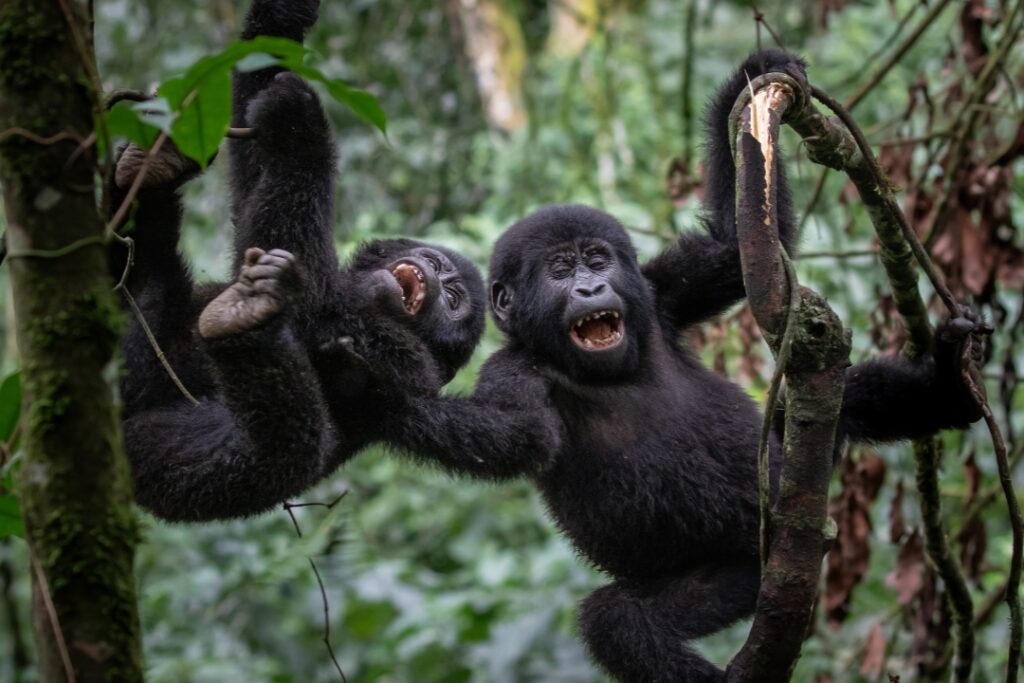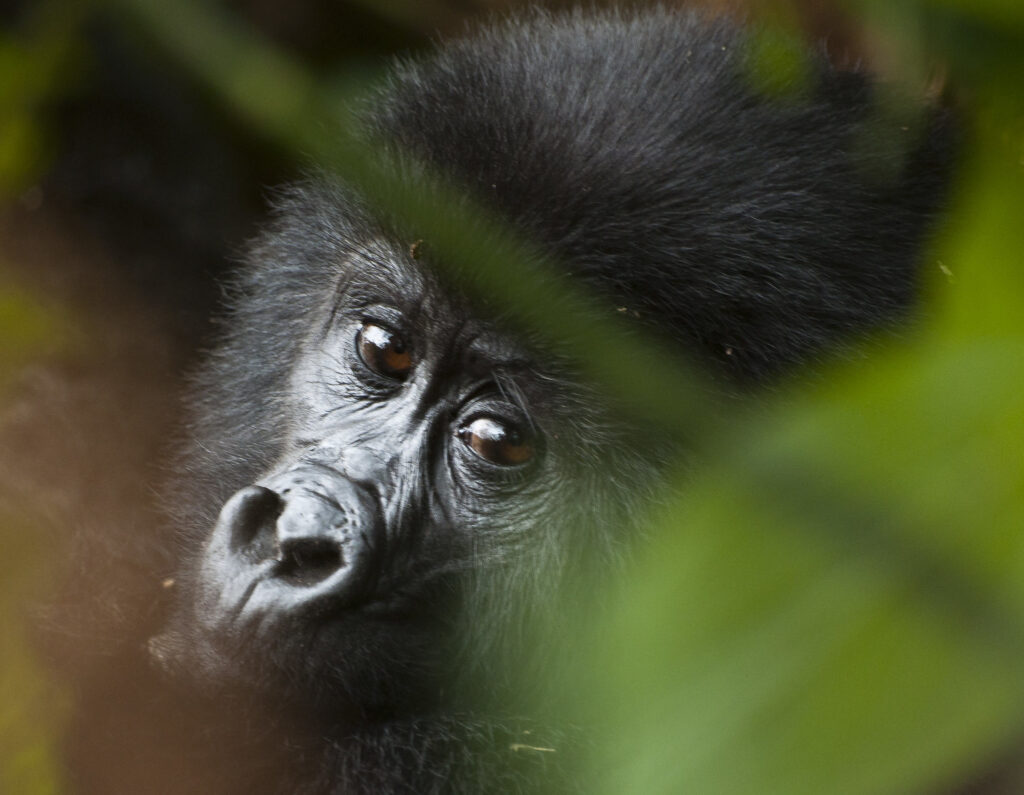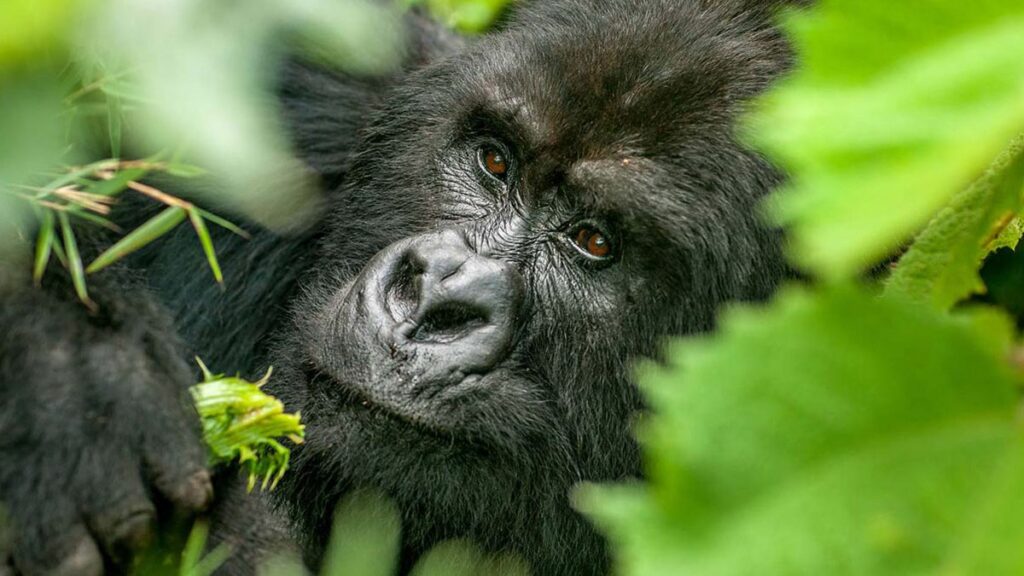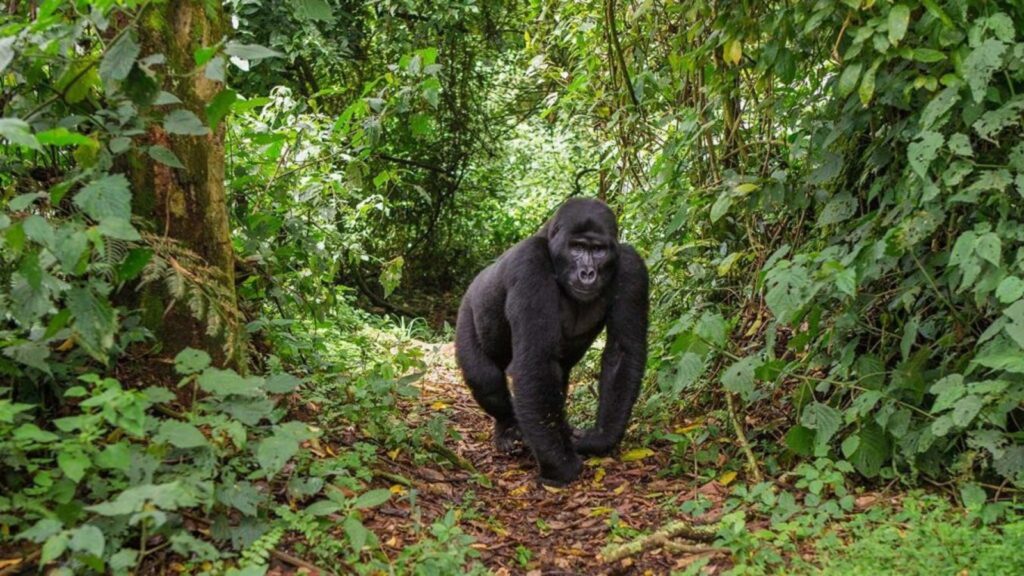Gorilla Trekking Fitness Tips—Prepare Your Body for the Trek
Gorilla trekking is not just a safari—it’s a physical challenge. You’ll hike through steep hills, thick vegetation, and high altitudes. To enjoy every moment, your body needs to be ready. Good fitness levels can make the difference between a tough journey and a thrilling adventure.
Here’s how to prepare your body before stepping into the jungle.

Understand the Trek’s Physical Demands
Most treks last between 2 to 6 hours. Some can go longer, depending on where the gorillas are located. You’ll walk on uneven ground, climb muddy slopes, and sometimes push through dense bushes. The altitude ranges between 1,500 and 2,600 meters above sea level. This makes breathing harder, especially if you’re not used to it.
You don’t need to be an athlete—but you do need to be prepared.
Start Walking More
Begin training a few weeks before your trip. The best way to get ready is by walking. Choose trails with hills, stairs, or uneven ground. Gradually increase your distance and pace. Aim for 45 to 60 minutes of walking at least four times a week.
If you live near mountains or forests, take short hikes with a backpack. This helps you build endurance and prepares your body for carrying a daypack during the trek.
Add Strength Training
Your legs will do most of the work during the trek. Strengthen them with exercises like squats, lunges, and step-ups. Add some core workouts too—strong core muscles help with balance and stability on steep terrain.
Train at home, at the gym, or in a park. Focus on bodyweight movements if you don’t have equipment.
Improve Your Cardio
Gorilla trekking raises your heart rate, especially at higher altitudes. Build your cardiovascular fitness with exercises like cycling, swimming, or running. You can also use cardio machines like treadmills or stair climbers.
If you get out of breath easily, start slow and keep going. Even a brisk daily walk improves your stamina over time.
Practice with a Daypack
During the trek, you’ll carry essentials like water, snacks, and a camera. Practice hiking with a backpack to get used to the weight. Keep it light—around 5 to 7 kg—but balanced. Adjust the straps to avoid back pain.
If you’re not used to carrying weight on long walks, this step is crucial.
Prepare for the Altitude
High altitudes can make you feel tired, dizzy, or short of breath. If possible, arrive a day or two early to acclimate before the trek. Drink plenty of water. Avoid alcohol the night before.
Move at a steady pace during the hike. If you feel dizzy or weak, let your guide know immediately.
Stretch and Stay Flexible
Stretch daily to keep your muscles loose and flexible. Focus on your legs, back, and hips. Gentle yoga or dynamic stretches can help prevent soreness and reduce injury risks on the trail.
Don’t skip warm-ups before hikes and cool-downs afterward.
Eat Well and Rest Before the Trek
Fuel your body with good food before the trek. Eat meals rich in proteins, vegetables, and complex carbs. Avoid heavy, greasy foods the night before. Sleep at least 7–8 hours to give your body enough recovery time.
Being well-rested helps you enjoy the trek more.
Listen to Your Body
Fitness is personal. Know your limits. If you have health conditions, talk to your doctor before booking your trek. Always be honest with your guide—they’ll choose a suitable trail based on your ability.
There’s no shame in asking for a porter or a walking stick. These tools help many people complete the trek successfully.
Conclusion
Gorilla trekking rewards those who prepare well. You’ll hike through wild, beautiful terrain and meet one of the world’s most majestic creatures. With the right fitness level, you won’t just survive the trek—you’ll love every step.
So lace up your boots, start walking, and train your body for a journey you’ll never forget.




